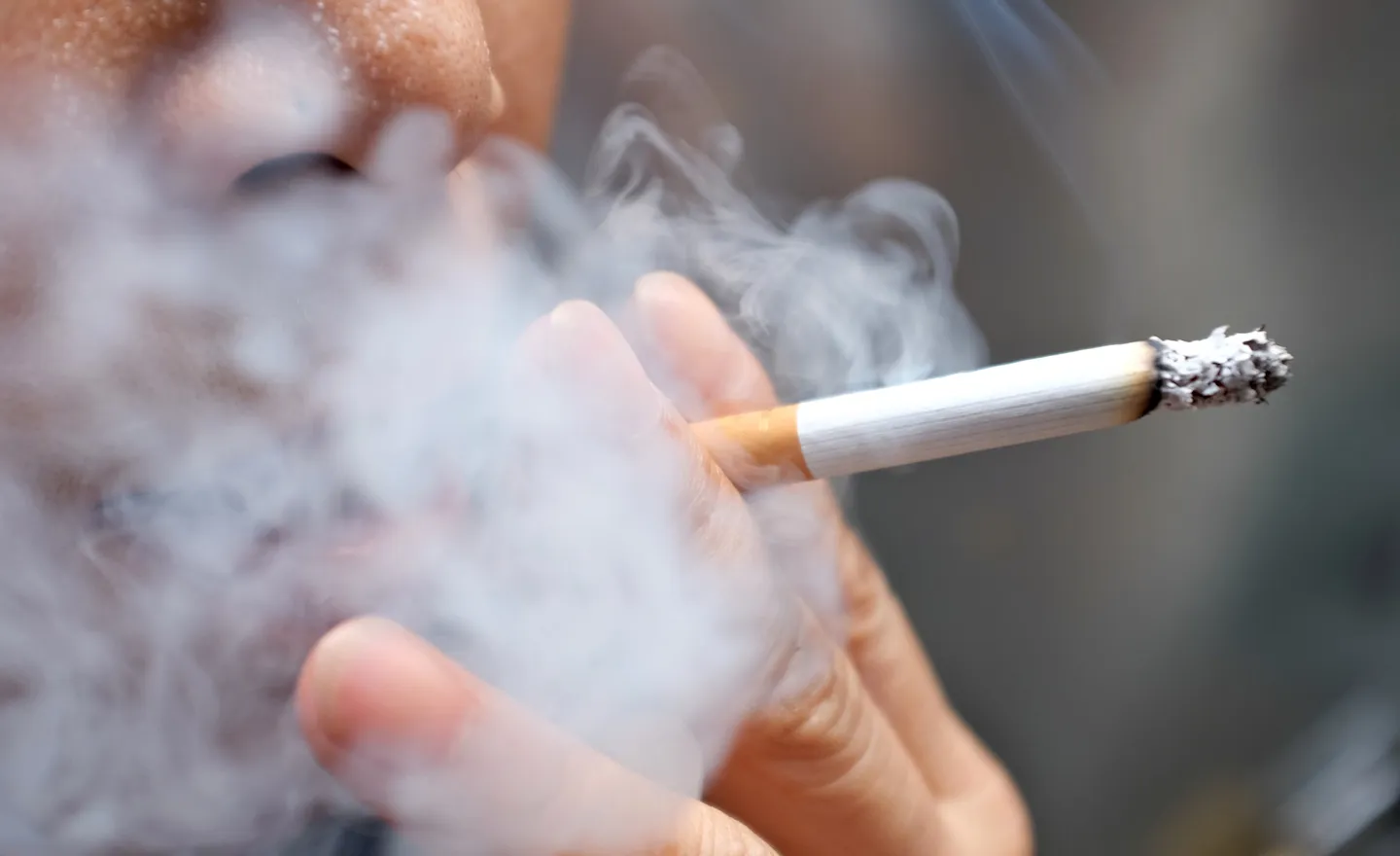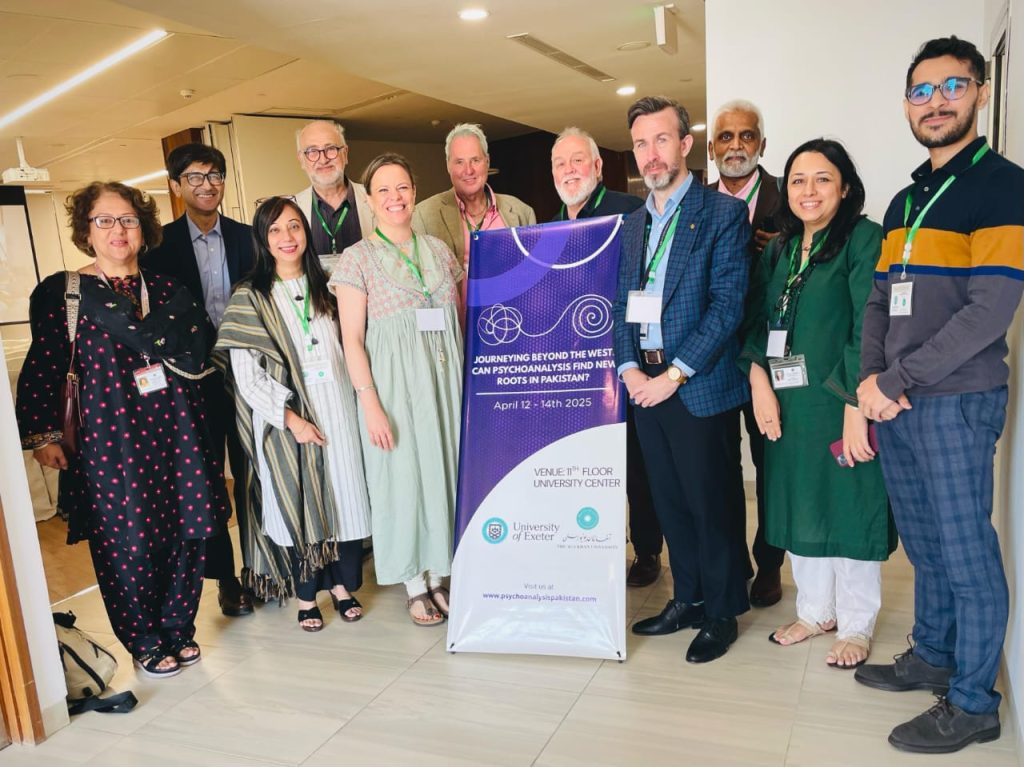Pakistan is grappling with a severe smoking crisis, with 31 million smokers contributing to over 160,000 deaths annually. Despite decades of strict tobacco control policies, smoking rates remain alarmingly high, proving that traditional measures have not been effective. For adult smokers who do not wish to quit, tobacco harm reduction (THR) offers a practical solution – one that countries worldwide are adopting to reduce smoking-related risks without forcing abstinence.
Globally, 144 million people have transitioned to better alternatives, reflecting a shift in how nations are regulating these products and tackling smoking-related harm. Proper regulation ensures product quality, responsible labeling, and marketing, while also enhancing consumer awareness and preventing smokers from resorting to illicit or unverified alternatives. This is evident in the United States, where the Food and Drug Administration (FDA) recently authorized the marketing of Zyn nicotine pouches, a smoke-free and tobacco-free product, recognizing it as a better alternative to smoking.

Unfortunately, Pakistan has yet to adopt this approach, and anti-tobacco organizations (ATOs) are making it even more difficult for smoke-free products to be recognized as part of a harm reduction strategy. They organize seminars, discussions, and advocacy campaigns to engage government officials and attempt to influence policy decisions against these alternatives.
Despite the availability of Zyn nicotine pouches, heated tobacco products (HTPs), and vapes in the market, these groups continue to push for restrictive measures, discouraging policymakers from endorsing harm reduction strategies. Rather than acknowledging the science behind THR, they overlook the fact that while nicotine is addictive, it is combustion – not nicotine – that causes the most harm. By eliminating combustion, smokers can significantly reduce their exposure to harmful substances like tar and carbon monoxide.
Hence, a more open and scientifically grounded approach in Pakistan could pave the way for solutions that address the smoking crisis effectively and save lives.







